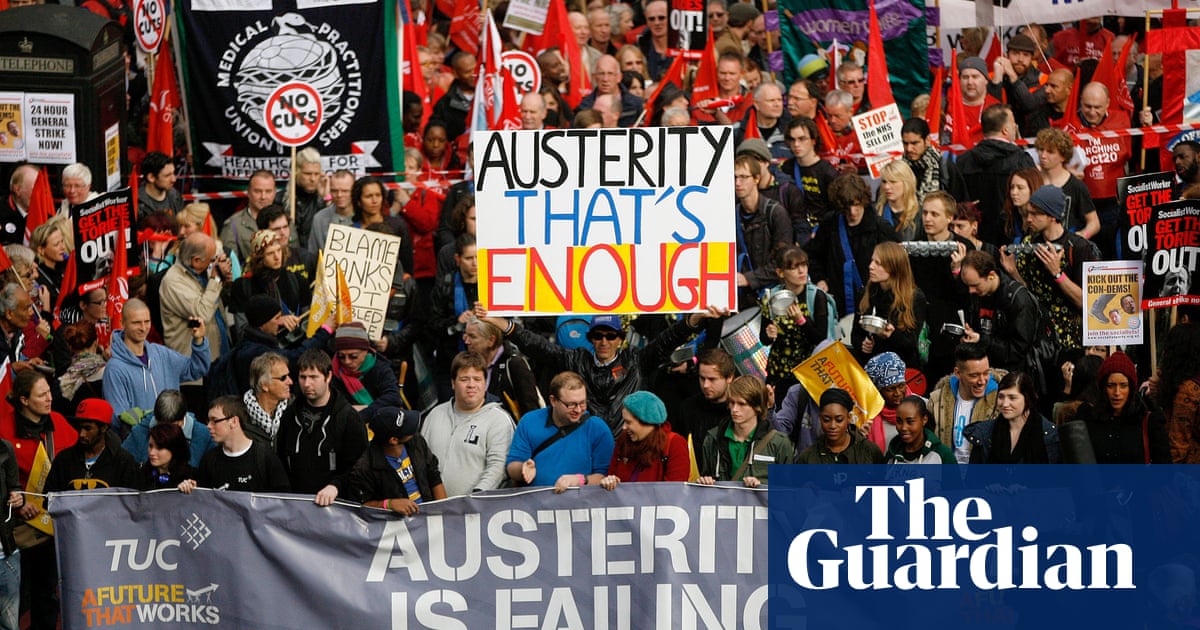
TOKYO, Jan 6 (Reuters) - The yen"s real effective rate has tumbled to its lowest level in 50 years and the currency is set to fall even further, slashing Japanese consumers" spending power and raising the risk of capital flight, J.P. Morgan analysts said.
The yen was weakest of G10 currencies last year and its underperformance has continued into 2022 with the nominal exchange rate against the dollar tumbling to a five-year low of 116.3550 this week. It is also near two-month lows to the euro and sterling .
The yen"s real effective rate, referenced to consumer price inflation, fell to a low of 66.3 on Tuesday compared to a base of 100 in 2010, which according to J.P. Morgan calculations is likely its lowest since June 1972. The rate measures the weighted average of domestic prices relative to those of Japan"s trading partners.
Analysts Tohru Sasaki, Benjamin Shatil and Sosuke Nakamura noted a strong inverse correlation between U.S. long-term interest rates and the yen. The U.S. 10-year Treasury yield was at a nine-month high of 1.7192% on Thursday and J.P. Morgan predicts that the 10-year yield could reach 2% by end-June. If the current correlation holds, the yen could drop past 119 per dollar then, it said.
With companies from sauce manufacturers to stationery makers announcing price hikes in recent months, "the risk of an unexpectedly large rise in Japan"s inflation rate cannot be ruled out," they wrote.
Considering that Japanese salaries are no longer high relative to other developed nations, fears that imported goods will become unaffordable may prompt Japanese households to invest offshore - easier than ever before due to online services, they said, which would lead to further yen weakness.












